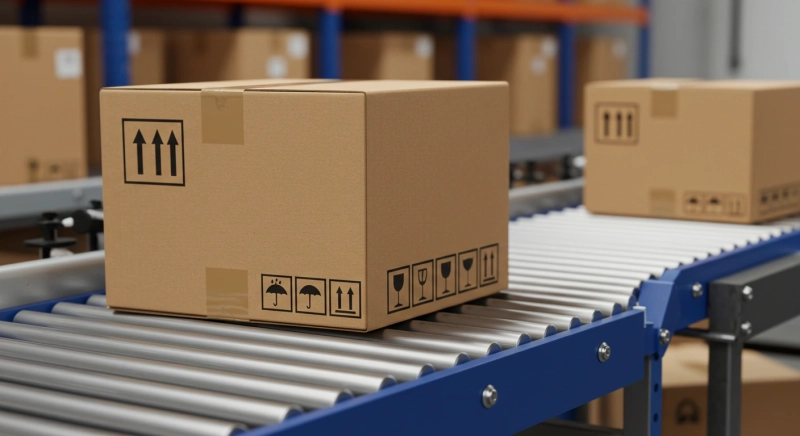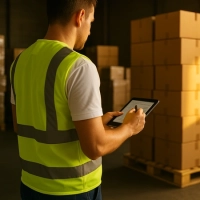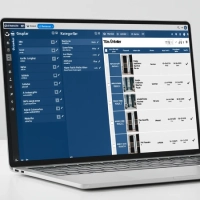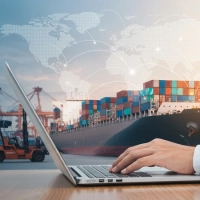
What is e-Export?
Advances in technology have given commerce a new dimension. E-commerce, which makes shopping faster, easier, and more accessible through digital channels, has also laid the groundwork for cross-border sales. While exporting in the past required reaching distributors or consumers directly in the target country, this new system, introduced with the concept of e-export, now makes reaching the end user much easier. E-export is an advanced e-commerce platform that allows direct sales to consumers in other countries through digital channels and facilitates various shipping, collection, and bureaucratic procedures.
What are the differences between Export and E-Export?
Perhaps the most crucial aspect of exporting is the customs clearance process. It's the process that requires the most time, requiring you to follow every step with a certain discipline, and increasing your costs with taxes and duties. Furthermore, you need to carefully analyze both the laws of Türkiye and the procedures and laws of the country you're shipping to. Even the smallest mistake during the export process can result in significant costs. E-export, however, is much faster than traditional exporting thanks to various incentives, legal regulations, and numerous improvements that simplify your life. For example, while customs clearance takes 2-7 days for standard exports, it's completed within 24-48 hours for e-exports.
E-exports are supported by various tax exemptions through regulations. These exemptions, which vary from country or region to region, provide tax exemptions for e-exports up to a certain amount. Examples of tax exemptions can be found below:
Individual orders in the European Union: 22 EUR and below, Russia, Belarus and Kazakhstan: under 1000 EUR, Azerbaijan: under 500 EUR, Ukraine: under 150 EUR, USA and Australia: under 800 USD and Gulf Cooperation Countries: under 270 USD are exempt from customs duty and VAT.
What are the advantages of e-export?
E-export, which has rapidly replaced exports in recent years, offers advantages such as short-term profits and increased awareness for companies, and is also supported by governments. So, what are the main advantages?
1- Compared to traditional exports, investment costs are much lower.
2- Unlike traditional exports, you don't need a bank guarantee letter. Payments are managed by online payment providers.
3- Risks are minimal. Problems with products shipped via containers pose serious liabilities for the seller.
4- Accessibility is at its highest level. Thanks to sales and marketing operations conducted through digital channels, your customers can reach you more easily and shop at any time.
5- Since it is micro export, you do not have to deal with certificates and similar documents.
6- The government has incentive and support regulations for e-export. For example, a company engaged in e-export can receive a refund of the VAT paid through a VAT refund.
7- You won't be limited by boundaries. The whole world becomes your potential customer.
What are the delivery types for e-export?
Another thing to consider when e-exporting is the type of delivery. There are two different delivery types, each based on the distribution of customs duties between the parties. To briefly explain these:
DDP: In this type of delivery, which is translated as customs duty paid delivery, the buyer makes all payments to you and you forward the order to the buyer by paying including customs duties on his behalf.
DDU: The opposite of DDP, DDU is a service type where customs duties and taxes are calculated upon delivery to the recipient's customs office. All duties and taxes are invoiced to the recipient upon delivery to customs office; the recipient pays all taxes in this delivery type.
Considering the delivery types above, it's crucial to work with the DDP delivery method to ensure customer experience and speedy delivery. Considering the conveniences and exemptions offered by e-export, managing the entire process will be both easier and more profitable.

























